The Science Behind Game-Based Learning and Fitness: Boosting Student Engagement
Game-based learning and fitness activities are more than just fun—they're rooted in science. This article dives into the research supporting these methods and how they positively impact students' engagement, motivation, and overall health.
Introduction
Ever noticed how kids light up when learning turns into a game or when they get to move around? It's no coincidence. Game-based learning and fitness activities have been shown to do wonders for student engagement, cognitive development, and physical health. Gone are the days when traditional rote learning was the only way to go. Today, educators are increasingly turning to these innovative approaches to create a more dynamic and effective learning environment. But what’s the science behind it all? Let’s dive in.
Understanding Game-Based Learning
Game-based learning (GBL) integrates game principles into educational activities to create an interactive and engaging learning experience. But it’s not just about making learning fun—there’s solid research to back its effectiveness.
The Psychology of Play
At the heart of GBL is the psychology of play. Play is a natural human behavior that’s been studied extensively by psychologists. It’s known to promote cognitive development, social skills, and emotional well-being. When students play games, they’re often more willing to take risks, explore new concepts, and push their limits—all essential for learning.
One study published in the American Journal of Play found that play-based learning activities significantly enhance children's problem-solving skills and creativity. The act of playing, whether it’s a physical game or a digital one, stimulates the brain’s reward centers, releasing dopamine—a neurotransmitter associated with pleasure and motivation. This dopamine release not only makes learning more enjoyable but also strengthens memory retention.
Cognitive Benefits
Game-based learning isn’t just about having fun; it’s about improving cognitive function too. A study conducted by the Journal of Educational Psychology showed that students who participated in game-based learning activities scored higher in problem-solving and critical thinking tasks compared to those who engaged in traditional learning methods. This is because games often require players to think strategically, plan ahead, and adapt to new situations—skills that are directly transferable to academic learning.
Additionally, GBL can enhance attentional control. In an era where distractions are constant, games help students practice sustained attention, a skill that’s crucial for effective learning. The interactive nature of games keeps students engaged, reducing the likelihood of boredom and distraction.
The Role of Fitness in Learning
While game-based learning tackles the cognitive side, incorporating fitness into education addresses both physical and mental health. The link between physical activity and academic performance has been the subject of numerous studies, and the results are compelling.
Physical Activity and Brain Function
When students engage in physical activity, it’s not just their muscles that benefit—their brains do too. Exercise increases blood flow to the brain, which enhances cognitive function and improves memory and concentration. A study from Harvard Medical School found that regular physical activity increases the size of the hippocampus, the part of the brain responsible for memory and learning.
Furthermore, the release of endorphins during exercise reduces stress and anxiety, creating a more conducive learning environment. Students who are less stressed are better able to focus and retain information.
The Science of Movement and Learning
Research in the field of educational neuroscience has shown that movement can enhance learning in a variety of ways. For instance, incorporating movement into lessons, such as having students participate in physical games or even simple activities like standing and stretching, can improve memory and cognitive performance. A study published in the Journal of School Health found that students who were physically active during the school day performed better on standardized tests than their sedentary peers.
Movement is also linked to the concept of embodied cognition, which suggests that cognitive processes are deeply rooted in the body’s interactions with the environment. This means that when students learn through physical activity, they’re more likely to understand and retain the material.
Combining Game-Based Learning and Fitness
So, what happens when you combine game-based learning with physical activity? You get a powerful educational tool that engages students on multiple levels.
Enhanced Engagement and Motivation
When learning is framed as a game, and physical activity is part of that game, students are naturally more engaged. This is partly due to the novelty and fun of the approach, but it’s also because these methods tap into intrinsic motivation. Intrinsic motivation, or the drive to do something because it’s inherently interesting or enjoyable, is a key factor in long-term learning success.
A study from the Journal of Educational Research found that students who participated in physically active, game-based learning activities were more motivated to learn and more likely to participate in class. They also reported higher levels of satisfaction with their learning experience.
Social and Emotional Benefits
Games and physical activities are often social by nature, requiring students to work together, communicate, and collaborate. This social aspect can improve students' emotional well-being by fostering a sense of belonging and community. According to research published in Educational Psychology Review, students who engage in cooperative games develop better social skills, including empathy, communication, and teamwork.
Moreover, these activities can build resilience. Games often involve challenges and setbacks, providing students with opportunities to develop coping strategies and perseverance—skills that are valuable both in and out of the classroom.
Practical Applications in the Classroom
Implementing game-based learning and fitness in the classroom doesn’t have to be complicated. Here are some practical ideas:
-
Interactive Learning Games: Use educational apps or board games that require problem-solving and strategy. For example, math games that involve physical movement can make learning equations more engaging.
-
Fitness Breaks: Integrate short bursts of physical activity throughout the day. This could be as simple as stretching, jumping jacks, or a quick dance session to break up the monotony of sitting.
-
Active Learning Stations: Set up different stations around the classroom where students can rotate through various activities, combining learning tasks with physical challenges.
-
Outdoor Education: Take the learning outside! Nature walks, scavenger hunts, or outdoor sports can all be integrated with academic content to make learning more dynamic.
FAQs
Q: How does game-based learning differ from traditional learning?
A: Game-based learning involves integrating game elements into educational activities, making learning more interactive and engaging compared to traditional lecture-based methods.
Q: Can fitness activities really improve academic performance?
A: Yes! Research shows that physical activity increases blood flow to the brain, which enhances cognitive function, memory, and concentration, all of which are crucial for academic success.
Q: Are there specific age groups that benefit more from game-based learning and fitness?
A: While all age groups can benefit, younger students tend to show the most significant improvements in engagement and motivation. However, these methods can be adapted for any age group.
Q: How can teachers balance the curriculum with game-based learning and fitness?
A: Teachers can start small by incorporating short, targeted activities that align with the curriculum, gradually integrating more as they become comfortable with the approach.
Wrapping It Up
Game-based learning and fitness aren’t just educational fads—they’re grounded in science and proven to enhance student engagement, cognitive function, and overall well-being. By integrating these methods into the classroom, educators can create a more dynamic, inclusive, and effective learning environment. So, why not give it a try? The benefits are clear, and the results could be game-changing.
Sources:
The Psychology of Play - American Journal of Play
- Link: American Journal of Play
Cognitive Benefits of Game-Based Learning - Journal of Educational Psychology
Physical Activity and Brain Function - Harvard Medical School
Movement and Learning - Journal of School Health
- Link: Journal of School Health
Intrinsic Motivation in Game-Based Learning - Journal of Educational Research
Social and Emotional Benefits of Cooperative Games - Educational Psychology Review



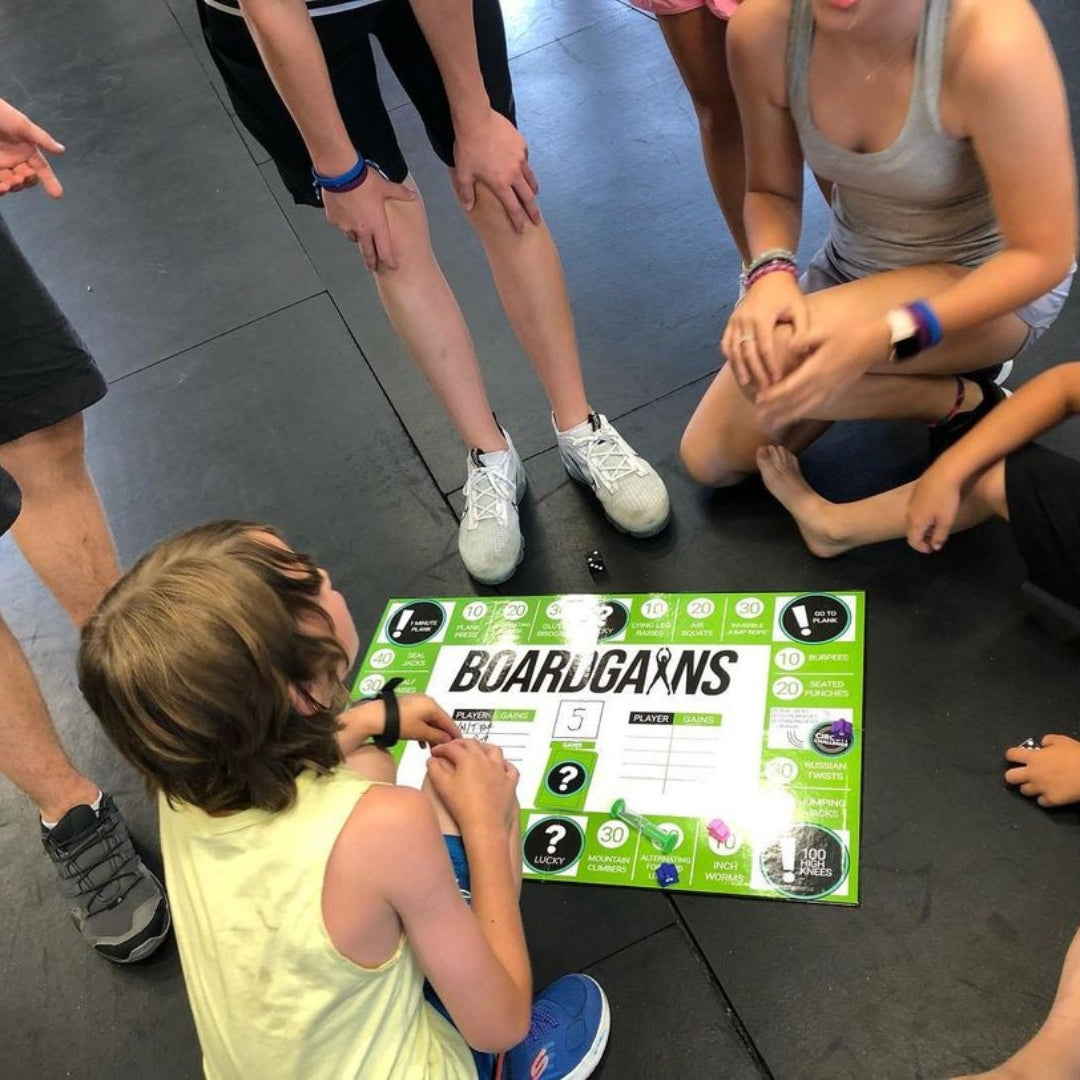
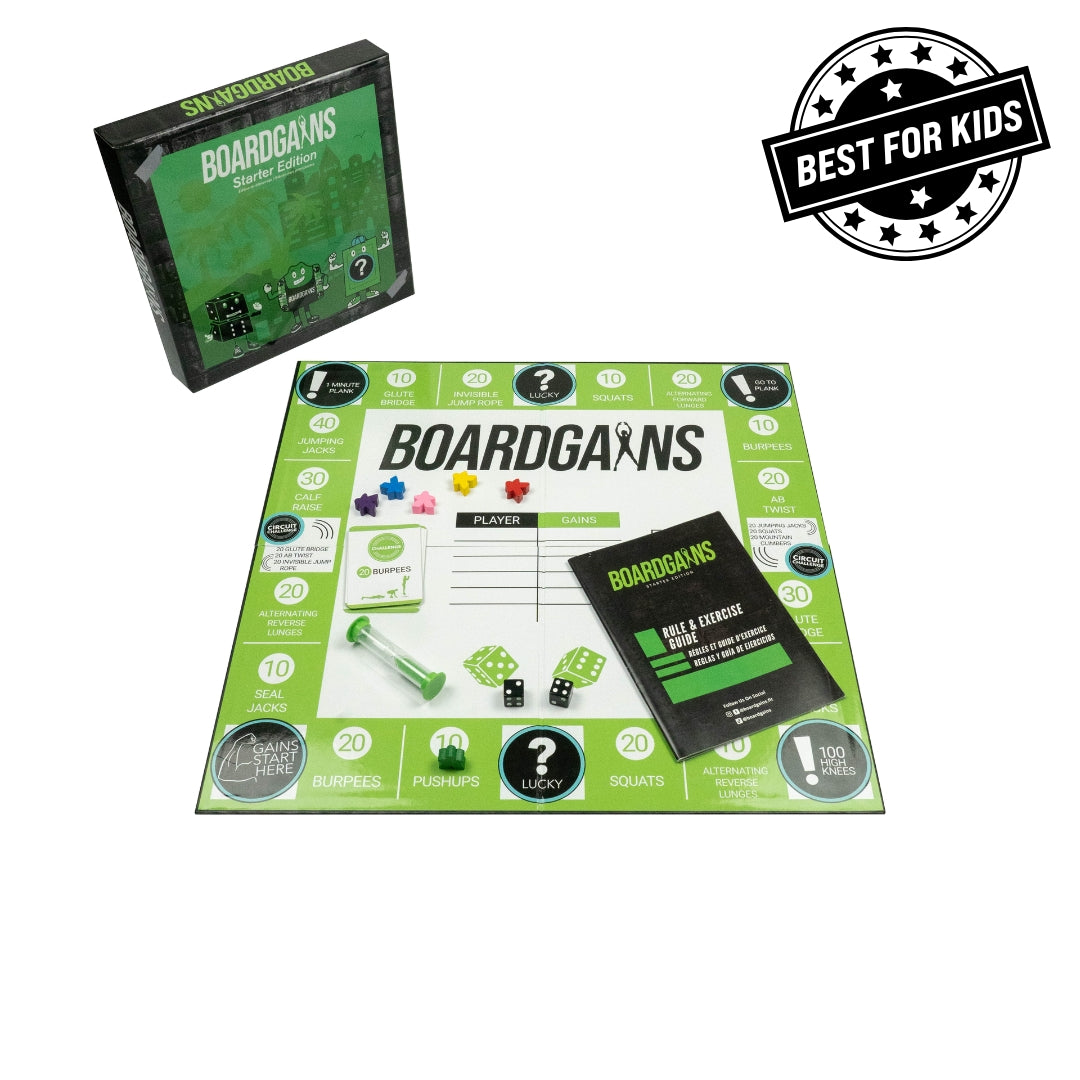
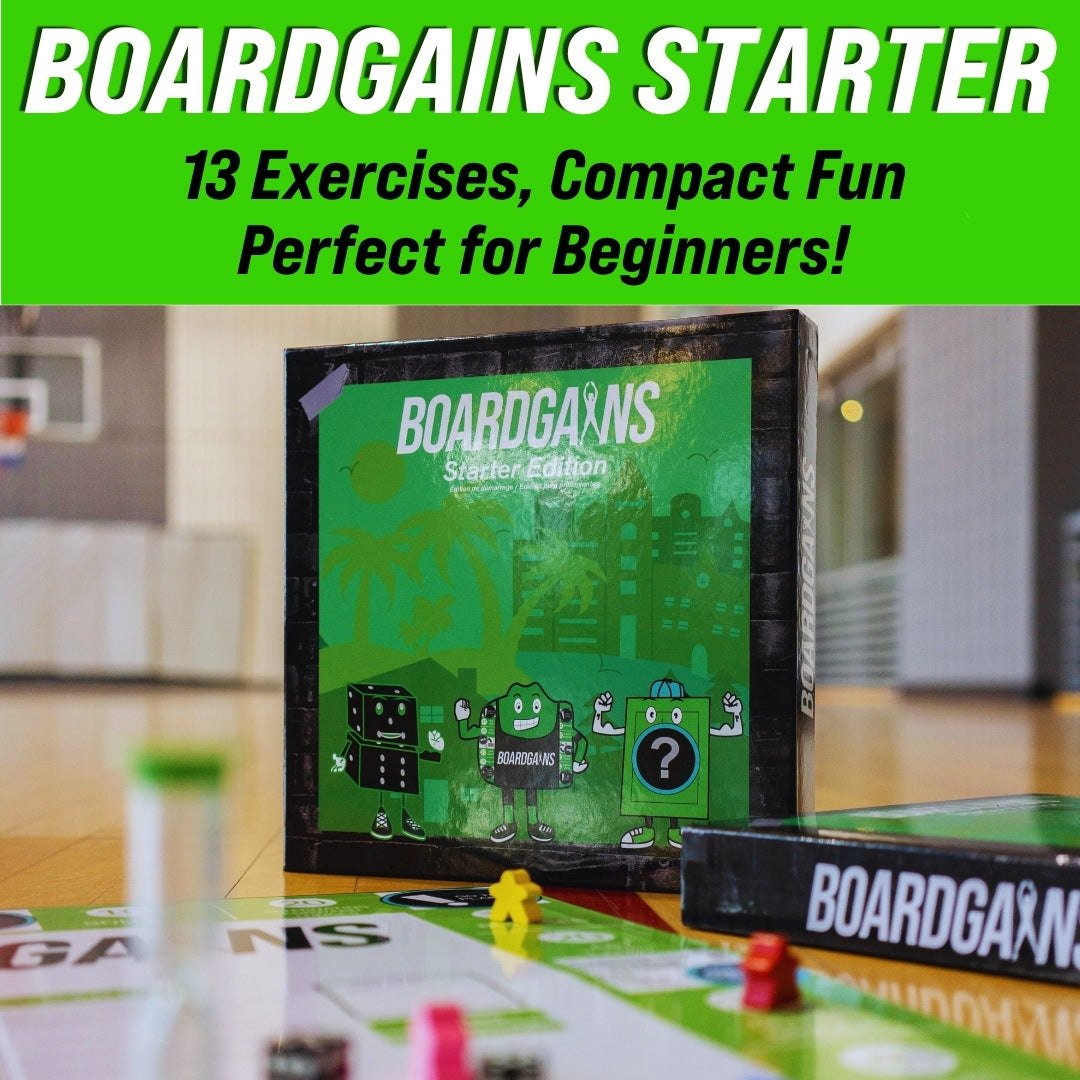
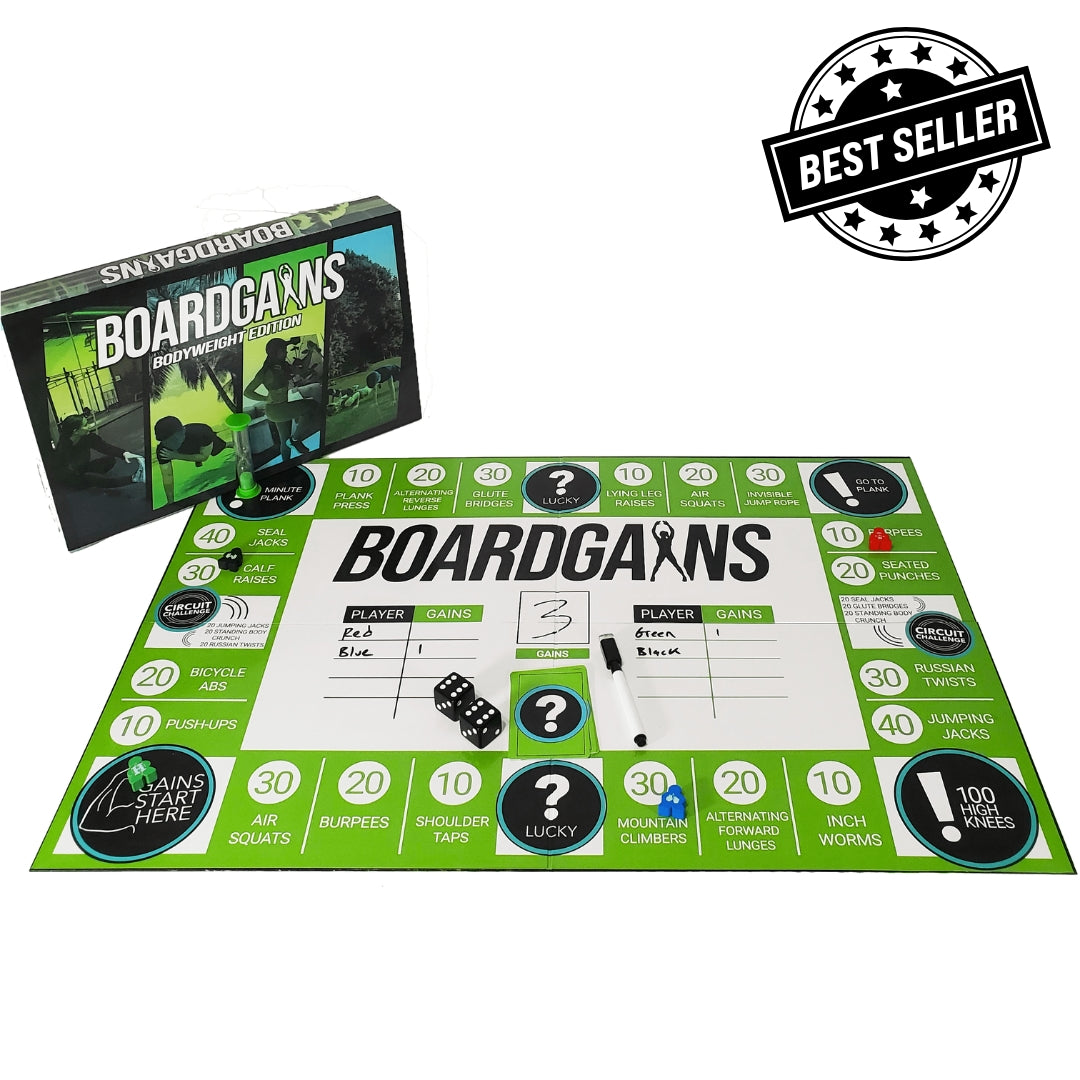

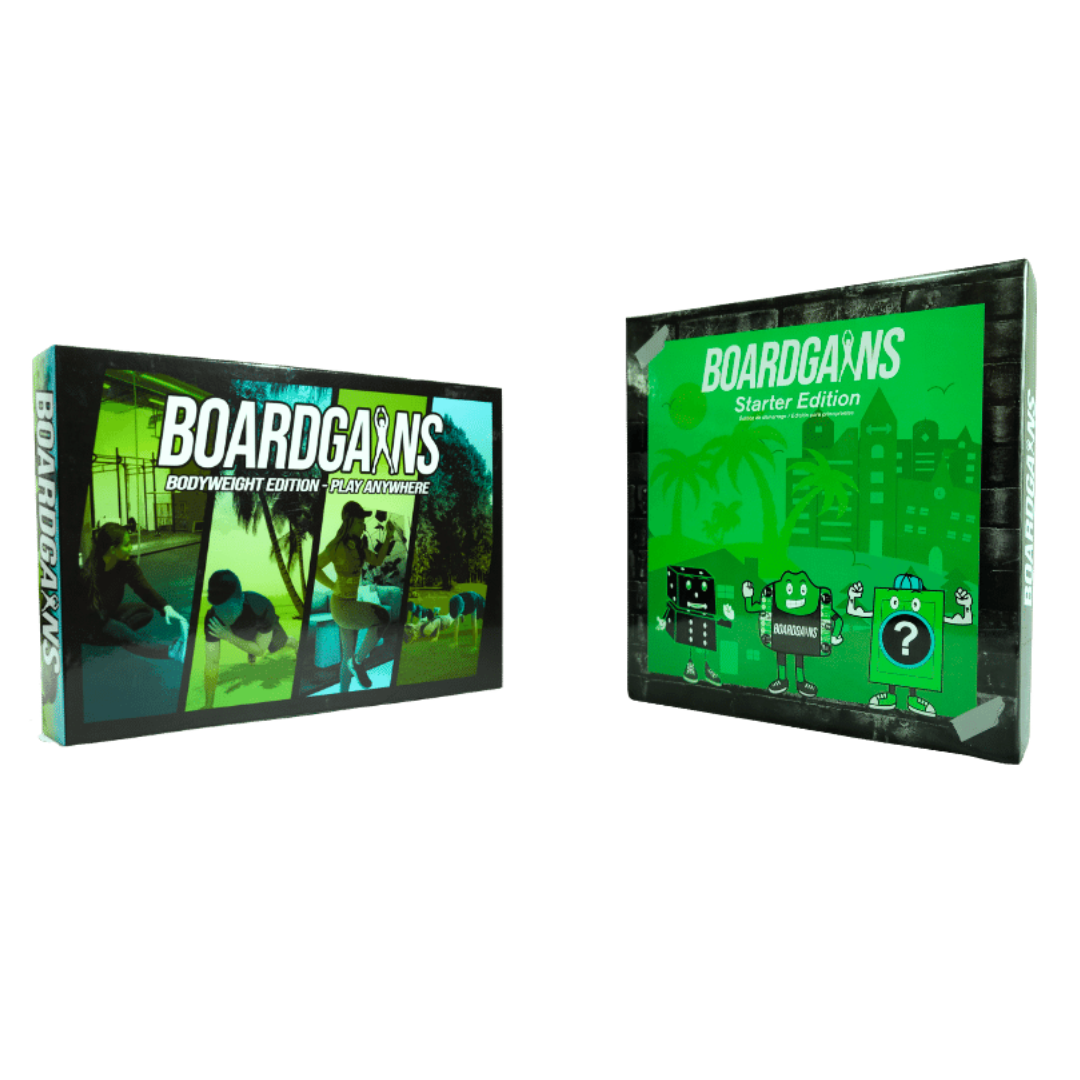

Leave a comment
This site is protected by hCaptcha and the hCaptcha Privacy Policy and Terms of Service apply.